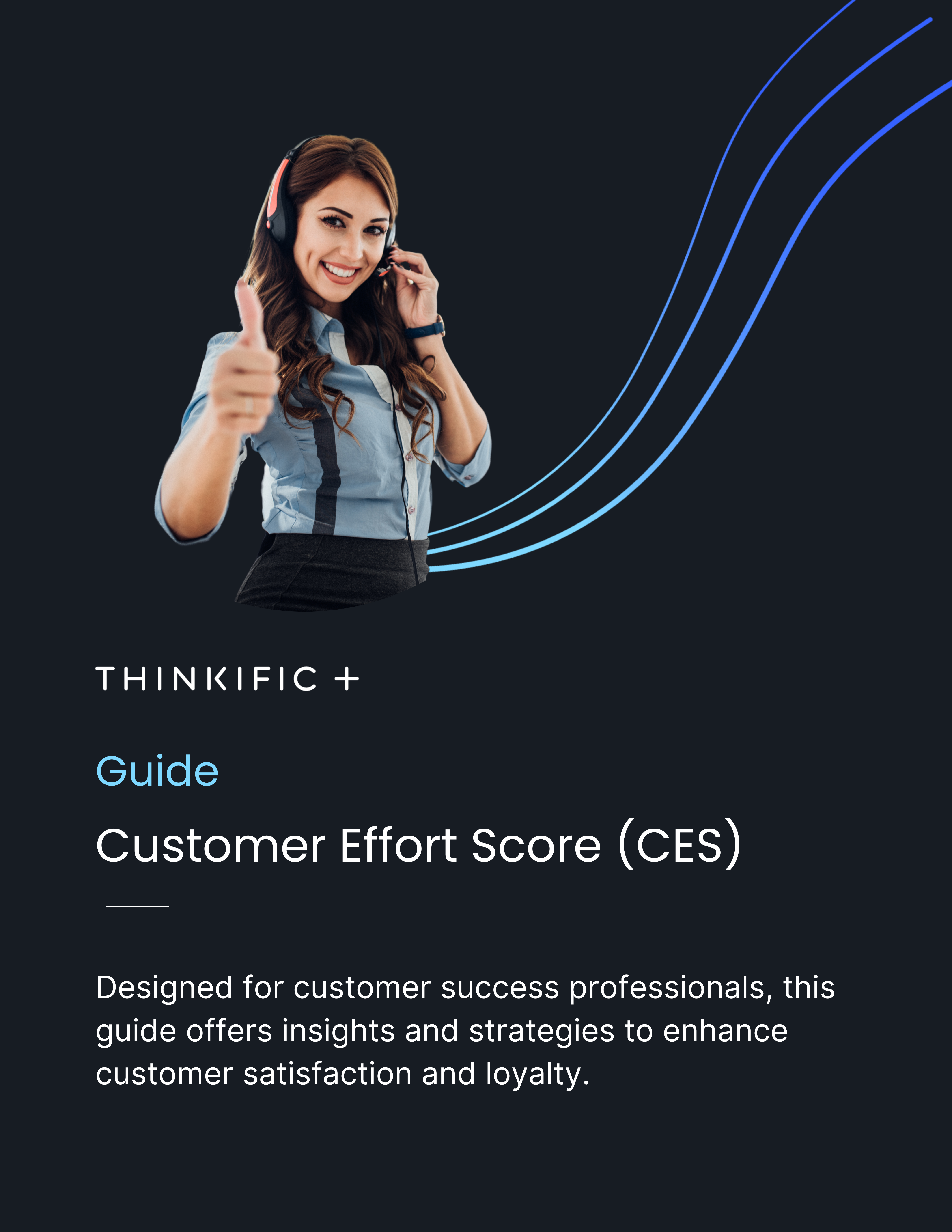Step into the narrative of your customers’ experiences as we explore the Customer Effort Score (CES). This metric goes beyond traditional data, offering a glimpse into the real encounters of your clientele with your services.
CES doesn’t just tally interactions; it reveals the nuances of ease or challenge that customers face.
Each score is a chapter in the larger story of their journey, filled with moments of both frustration and triumph. Delving into CES equates to listening to individual tales of experiences, recognizing the obstacles overcome, and celebrating goals achieved.
By comprehending the depths of CES, we connect with the human aspect of our business, committing to transform every customer interaction into a seamless narrative of success and personal fulfillment.
Skip Ahead:
- What is the Customer Effort Score (CES)?
- How to Measure Customer Effort Score: The Art and Science
- Decoding Customer Effort Score Results
- Strategies for Elevating Your Customer Effort Score
- Integrating CES with Other Customer Satisfaction Metrics
- Navigating the Complexities of Customer Effort Score
- The Future Trajectory of Customer Effort Score
- Set Your Customers Up for Success with CES
- Conclusion
- FAQ

